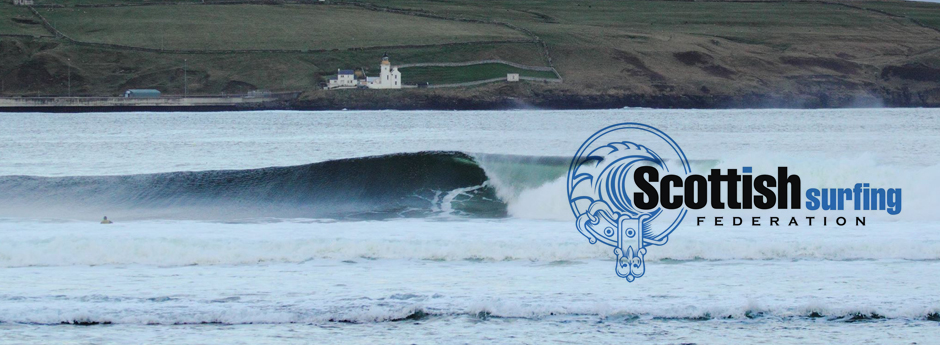Surfing safely:
- Always surf between black and white chequered flags on lifeguarded beaches
Follow the advice of lifeguards - Surf with a friend
Especially in a big swell. Surfers look out for one another. - Tell someone you’re going surfing
Let someone know when and where you are going out and, importantly, when you expect to be back. - Check weather and tides
Before you set out, check the local forecast for wind, swell and tide. - Know your limits
It’s easy to be caught out. Don’t challenge yourself too early and know your limits. - Be aware of rip currents
Speak to an RNLI lifeguard to get advice on the location of rip currents. - Always wear a leash
So you don’t become separated from your board. - Wear the right wetsuit
Wear an appropriate wetsuit for surfing. As well as keeping you warm, wetsuits give some added protection from scrapes on rocks or impacts from other surfboards. - Understand surf etiquette and rights of way
SUP safely:
Top tips to ensure you SUP safely:
- If you can, always go with a friend. It’s more fun, and they can help you if you get into difficulty.
- If you are going out alone, always tell someone where you’re going and when you’ll be back. Don’t leave the house without a mobile phone or communication device.
- Bringing your phone to take some photos? Make sure you keep it in a waterproof pouch. That way it won’t get wet, and you can use it to call for help in an emergency too.
- Check the weather forecast and tide times before you set out. If the water is too choppy, you might find it difficult, especially if you are a beginner. And be aware, the conditions can change quickly.
- Avoid offshore winds. They will quickly blow your paddleboard far out to sea, which can make it extremely tiring and difficult to paddle back to shore.
- You should wear a suitable personal flotation device. This can be a buoyancy aid or a lifejacket. Choose one that still allows you plenty of movement so you can paddle freely. Not only will it keep you afloat, but it will also help give you time to recover should you fall in – and chances are you will!
- Wear suitable clothing for the time of year. In the winter, you will want to use a wet or dry suit. In the summer, you might be able to get away with a swimsuit, but if you are going to be in the water for a long time, you might want to upgrade to something that keeps you warm.
- You should always use a paddleboard with an appropriate leash. There’s nothing more frustrating than having to swim after your paddleboard if you fall off. The leash will also help you stay connected to your board if you get into trouble and help you float. It is really important to choose the right type of leash for where you are paddling:
- A straight leash if you are surfing
- A coiled leash with a quick release belt for any other location, especially if you are exploring estuaries or other environments where there is a chance of entanglement on buoys or other obstacles

